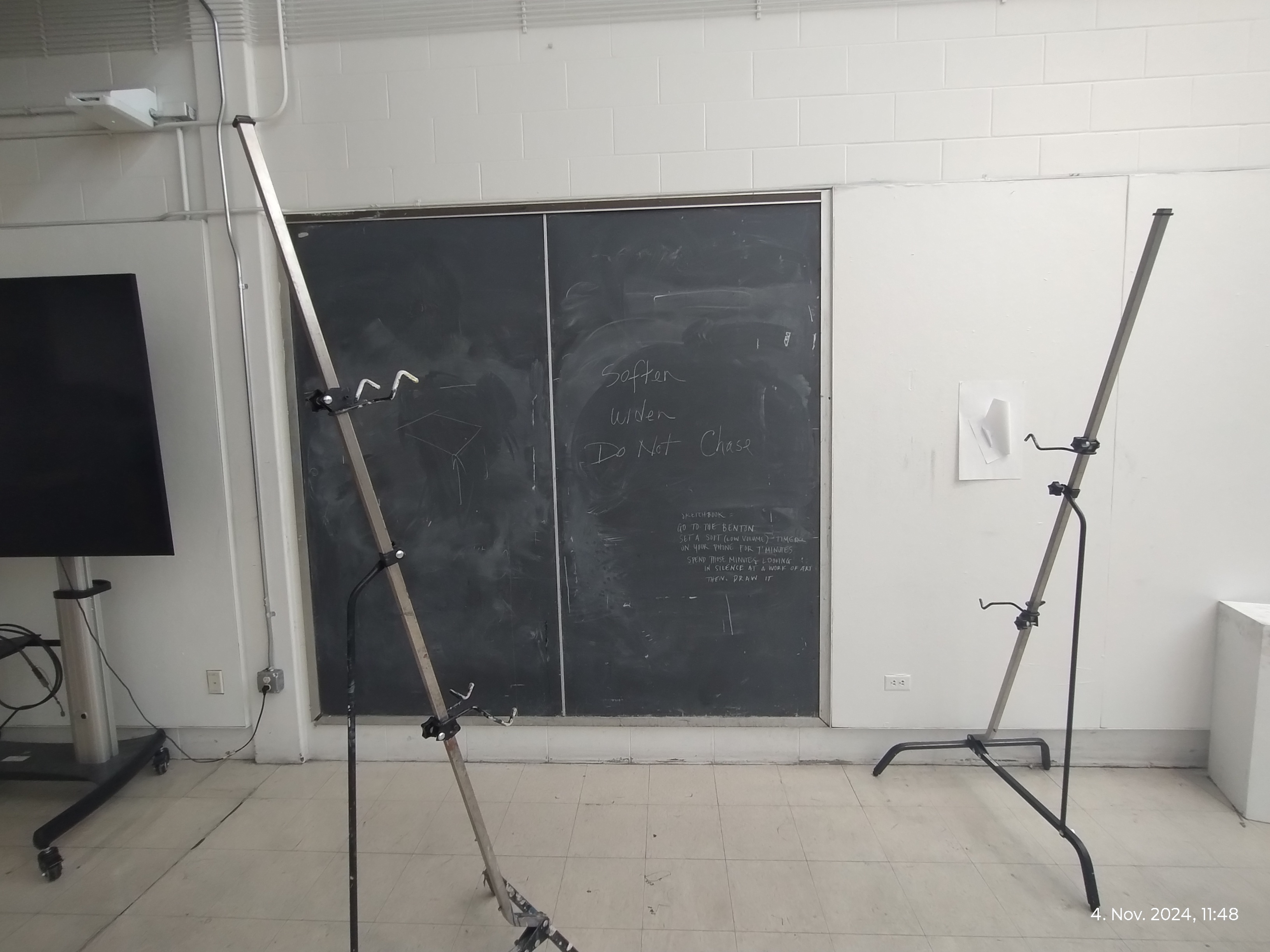A practice given the name stillhunting.
SOFTEN WIDEN DO NOT CHASE

To practice not chasing, try to see all the dots all the time https://x.com/gunsnrosesgirl3/status/1846463136087294139
highlights for you the experience of ingression its like drinking in what i am seing
readyness frog sitting for the catch
Grounded Connection - Still Hunting
Grounded Connection - Enrichment Module
Still Hunting
A little over a year after I created the Grounded Connection program I discovered a powerful practice called Still Hunting. In my experience, this practice opens an important new doorway to presence which I knew would be a valuable addition to your curriculum. So I have included the practice here as an enrichment module and I’d like to suggest that you give this practice a special prominence. As you move through the 16 weeks of your program, exploring a variety of practices, I encourage you to come back to this practice frequently, similarly to the way you are already working with the Presence Mantra. Still Hunting is a meditative posture that is practiced with the eyes open. The word ‘posture’ is used here not just in reference to your body. It also describes the orientation of your attention. Still Hunting practice invites the cultivation of an allocentric mode of perception - which is distinct from the egocentric mode of attention. Let me explain: When you view the world through an egocentric lens, you relate everything to yourself - literally in terms of a relationship to your spatial position, but also more generally, as in “how is this relevant to me?” By contrast, the allocentric lens sees the world without reference to the self, simply noticing how things “out there” relate to each other.
Another way to compare these two ways of being is to notice at any moment whether you seem to be looking “inside” yourself or if you are fully present with what is in front of your eyes. For example, in conversation, are you mostly preoccupied with what you will say next or can you track with what the other person is saying - moment by moment - including their gestures and facial expressions? Both of these modes of attention have important functions and can be traced to different systems in your neuroanatomy and physiology. However, most modern people are biased towards egocentric attention and spend the majority of their time in this kind of ‘posture.’ This is a problem because the egocentric mode is more likely to lead to mental rumination. In short, it disconnects us from the here and now. It often begins in childhood when we are disciplined for ‘bad’ behavior by an adult who says something like, “Why did you do that?!” In response, we go looking “inside” for the ‘bad’ part of ourselves that should take the blame. And this can become a life-long habit. In this program, you have already done a lot of work to recognize the patterns of your “inner critic.” You have noticed how this internal voice can be 1) cruel, 2) distracting and 3) resistant to new experiences. Still Hunting practice introduces an entirely new approach to the challenge of this psychic structure. By strengthening your capacity to move into allocentric perception, this practice moves you out of egocentric perception - the place “inside” where the inner critic lives. What you learn in the process is how your psyche interferes with perception - which is a function of your body.
Still Hunting helps you end that pattern of interference by quieting your mind so you can see more clearly.
Integrating Still Hunting Practice Into Daily Life As I’ve already said, I recommend that you give Still Hunting a special prominence in your ongoing rhythm of practice. As you move through the Grounded Connection curriculum, exploring in many different ways, I believe that coming back to Still Hunting again and again will reinforce and deepen everything else you are learning. You’ll notice how different it feels than meditating with eyes closed! Still, it’s worth remembering that every practice in this program can be incorporated as a practice of Anytime Anywhere Awareness. The strategies of relating to thinking that you are learning in eyes-closed meditation must ultimately be translated into the context of having your eyes open if you are to successfully integrate them into daily life. As you work with Still Hunting, you can ask yourself a potent question at any moment during your day: Am I looking out of eyes that are trying to solve a problem or eyes that simply ask “what am I looking at?” Finally, as discussed in the video that accompanies this enrichment module, the Still Hunting posture can also be used when you are moving - and this too is essential for anytime anywhere integration.
When you are moving (whether walking or even driving a car) you can notice how the world flows past you at the periphery of your vision. This phenomenon is called ‘motion parallax’ by scientists. For further exploration of Still Hunting in motion and ‘motion parallax’ you can check out this article and video that I published on Substack.
Journaling It would be well worthwhile to journal about your first experience with the Still Hunting practice: Did you find it challenging? How did it feel? What do you think would be different if this form of perception became more of a habit for you?
Still Hunting recordings All recordings for this enrichment module can be found here Remember that you will see in the caption of each video whether the recording is a [TALK] or a [PRACTICE] so you can plan accordingly.